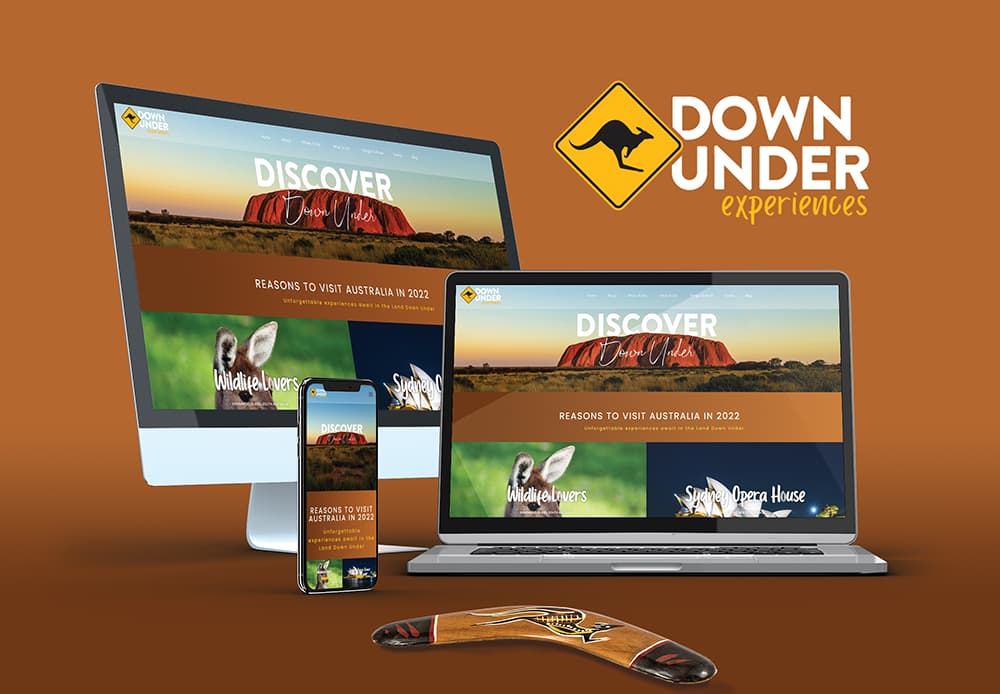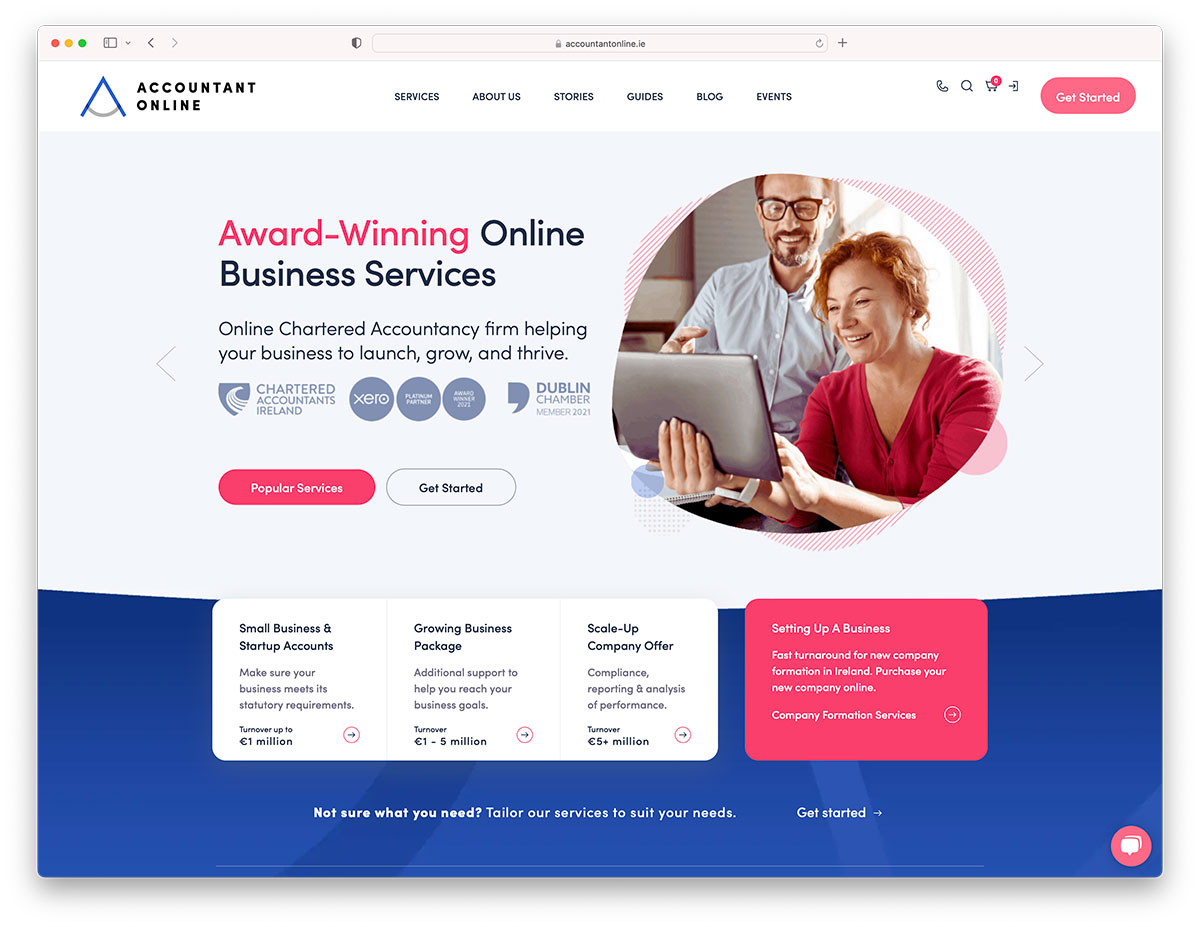What Makes a Modern Website Design Stand Out from the Competition
What Makes a Modern Website Design Stand Out from the Competition
Blog Article
The Ultimate Overview to Modern Site Layout Trends
In the ever-evolving digital landscape, modern-day website style trends play a vital role in forming customer experience and interaction. From the rise of minimal design concepts that focus on simplicity to the effect of vibrant typography in specifying brand identification, each aspect contributes to a natural on-line visibility.
Minimalist Layout Concepts
Minimalist design principles stress the idea that less is more, advocating for simplicity and functionality in visual interaction. This approach remove unnecessary components, focusing instead on vital parts that share the designated message effectively. By focusing on clearness, minimal style enhances customer experience, enabling site visitors to navigate sites effortlessly.
Core tenets of minimalist style consist of the use of sufficient white space, which produces a sense of balance and organization. This unfavorable room not just directs the viewer's focus to essential aspects however likewise cultivates a soothing visual ambience. In addition, a minimal color scheme is often employed, using single systems or soft colors to maintain aesthetic communication and protect against overwhelming the individual.
Typography plays a vital function in minimalist layout, where legible fonts are selected for their simpleness and effectiveness in connecting content. Eventually, minimalist style principles cultivate a focused atmosphere that encourages users to involve with the content, boosting the general performance of modern-day web site layout.
Vibrant Typography Choices
Embracing bold typography options has actually ended up being a specifying attribute of modern-day web site style, as it efficiently captures attention and conveys strong messaging. Designers are progressively utilizing typography not simply as a useful component however as a crucial visual element that enhances the general aesthetic and individual experience.

Moreover, the juxtaposition of vibrant typography with minimal layout concepts permits striking contrasts, improving readability while preserving visual allure. The usage of whitespace around bold text additionally emphasizes its importance, making certain that the message resonates with the audience.
As digital landscapes come to be more affordable, leveraging vibrant typography allows brand names to differentiate themselves and leave a long lasting impression. The careful choice of typefaces and their application can evoke emotions, develop tone, and drive action, making bold typography a vital tool in modern-day website style. Ultimately, it is a powerful method to enhance storytelling and make sure that key messages are not just seen however additionally really felt.
Receptive and Mobile-first Style
Responsive and mobile-first style has become a critical principle in modern web site growth, showing the boosting reliance on mobile phones for accessing online material. As user behavior shifts in the direction of mobile browsing, developers have to focus on creating experiences that adjust perfectly throughout numerous screen dimensions and resolutions.
A responsive design makes sure that a site automatically adjusts its layout, pictures, and functionality based upon the tool being utilized. This method enhances individual experience by offering regular navigation and readability, irrespective of whether the site visitor gets on a tablet computer, desktop computer, or mobile phone computer. Furthermore, mobile-first layout advocates for developing sites at first for smaller sized screens, consequently scaling as click here for info much as larger display screens. This method motivates a much more efficient and streamlined layout process, concentrating on necessary web content and functionality initially.
Applying mobile-first and receptive concepts not just deals with customer preferences however also lines up with search engine optimization (SEARCH ENGINE OPTIMIZATION) practices. Major search engines, like Google, prioritize mobile-friendly web sites in their positions, making it imperative for services to adopt these design methods. In a competitive digital landscape, accepting receptive and mobile-first layout is not just an option; it is important for making certain access and engagement with a varied audience.
Involving Microinteractions
Microinteractions play a pivotal duty in boosting individual engagement and general website experience, especially in the context of mobile-first and responsive design. These subtle style aspects supply instant responses to users, making interactions extra instinctive and enjoyable. Instances consist of button computer animations, notification informs, and filling signs, which not just overview users but additionally develop a feeling of link with the user interface.
Including engaging microinteractions can dramatically improve functionality by reducing cognitive load. When customers obtain aesthetic or auditory responses upon performing activities, such as clicking a button or sending a kind, they really feel extra certain in their choices. This go to the website promotes a smoother navigation experience, eventually raising user retention.

As website style fads continue to advance, the value of microinteractions can not be overemphasized. They act as the subtle yet powerful touchpoints that transform regular interactions into remarkable experiences, thus boosting the general effectiveness of modern-day website design.
Lasting Website Design Practices
Sustainable internet style practices are ending up being increasingly vital as the electronic landscape grows and environmental worries rise. Designers and designers are recognizing their obligation to create sites that not just serve customer needs however additionally reduce ecological influence. This technique includes several crucial techniques.
To start with, optimizing power consumption is extremely important. Web sites should be made to load rapidly and effectively, which minimizes server power use and enhances customer experience. Strategies such as image compression, minimizing HTTP requests, and using modern-day coding techniques contribute considerably to this goal.
Second of all, selecting green hosting carriers is important - website design. Several hosting business are currently powered by renewable resource resources, making it possible for internet sites to operate in a much more sustainable manner. This choice shows a commitment to reducing carbon impacts
Additionally, taking on a minimal design can improve sustainability. Fewer elements on a web page lead to much less information transfer, which not just accelerates packing times but also saves resources.
Last but not least, advertising electronic access guarantees that internet sites reach a broader audience without unnecessary bloat, aligning customer experience with environmental responsibility. By integrating these sustainable practices, internet developers can contribute favorably to both individual interaction and the planet's well-being.
Final Thought
In recap, contemporary site layout patterns emphasize the combination of minimalist principles, bold typography, and responsive design to boost user experience. Adopting these patterns is important for creating impactful electronic experiences that resonate with individuals in an increasingly competitive on the internet landscape.
In the ever-evolving electronic landscape, contemporary internet site layout patterns play an important role in shaping individual experience and interaction. By focusing on quality, minimal style enhances individual experience, allowing site visitors to navigate web sites effortlessly.
Eventually, minimal style concepts cultivate a concentrated atmosphere that urges users to involve with the web content, enhancing the general effectiveness of contemporary web site design.Microinteractions play like it a critical function in enhancing individual involvement and total web site experience, especially in the context of mobile-first and responsive style.In summary, modern internet site style patterns stress the combination of minimalist principles, vibrant typography, and receptive layout to enhance individual experience.
Report this page